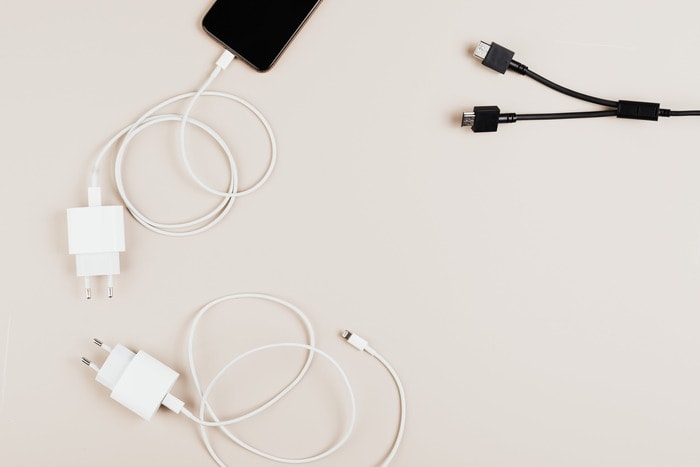Back in 2019, a singular worry rang around the internet’s halls, as magazine sites like Wired and The Verge pondered whether smartphones had come as far as they could.
Refresh Cycle
Just like computers and game consoles, mobile devices were facing a plateau. Everything looked the same, nothing was getting bigger or smaller, and scientists had already pushed the envelope as hard as possible.
Put another way, the smartphone market had reached maturity, and only clever marketing was going to cut through the competition. Investopedia defines this phenomenon as when sales and earnings start to slow.
This isn’t some curse, though. It’s a normal thing that markets do.
However, in April 2023, Wired revealed that device sales in the UK had actually begun to fall instead, continuing a decline that began “several fiscal quarters” ago. Manufacturers shifted 15% fewer smartphones in Q1 2023 compared to the same period the previous year.
This was a bit of a disaster for Apple, Samsung, and Google, companies that have long relied on an annual or biennial refresh cycle to fill the coffers. People were sticking with devices for longer, as things grew expensive and stale, even boring.
Household Names
As hinted at, this plateau was inevitable. Everybody has a smartphone and just about every aspect of human existence has been ported there, inclusive of banking, healthcare, music, conversation, and gaming.
In the latter case, mobile play has come to dominate some areas of the hobby, such as casual audiences and casino gaming.
The PlayStar website describes mobile gaming as a convenience, noting that the portability of phones allows for 24-hour access to its online casino games.
This is arguably why several household names have made the leap from other forms of media to the casino. Jimi Hendrix, Stargate, Ghostbusters, and Gordon Ramsey’s Hell’s Kitchen are all represented on the PlayStar website in some way or another.
Similarly, casual gamers put around $12bn a year into the gaming industry, with projections suggesting an increase in revenue to $19bn by 2027. The two major app stores, Google’s and Apple’s, take around 30% of this money home from in-app purchases.
So, what about the handsets themselves?
Wireless Charging
For fans of innovation, the worry is that technologists are only predicting improvements on what we already have by 2030. TechAdvisor expects 6G connectivity to appear soon, for instance – but that’s more of a certainty than a true breakthrough.
Less expensive folding phones and better AI add to the previous website’s more obvious suggestions.
The one area that still seems friendly to innovation is (fittingly) one of the dinosaurs of the mobile phone world – charging.
Wireless charging already exists in some form but over-the-air charging, combined with even fewer ports and buttons, could make the mobile truly mobile for the first time in its history. We’re all tethered to an outlet in one way or another.
Holographic Screens
It could seem like humans have been making the same predictions for science and technology ever since Dr. Frankenstein’s first attempts at necromancy in the early 19th century, arguably one of the first science-fiction stories ever written.
Holographic screens are awaited for mobile phones, for instance. These were theorized by author Isaac Asimov in the 1950s and yet they still seem like black magic or, at least, a realistic concept that keeps evading realization.
Will all this solve mobile’s plateau problem? Unfortunately, not. Meddling with the high-end isn’t the solution to the industry’s issues. It’s the public’s resistance to buying into innovation, with all the expense it entails, that presents an obstacle to developers.

